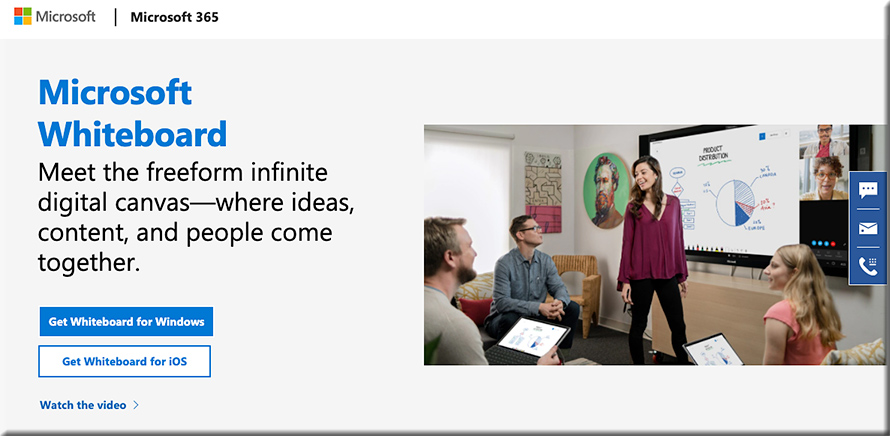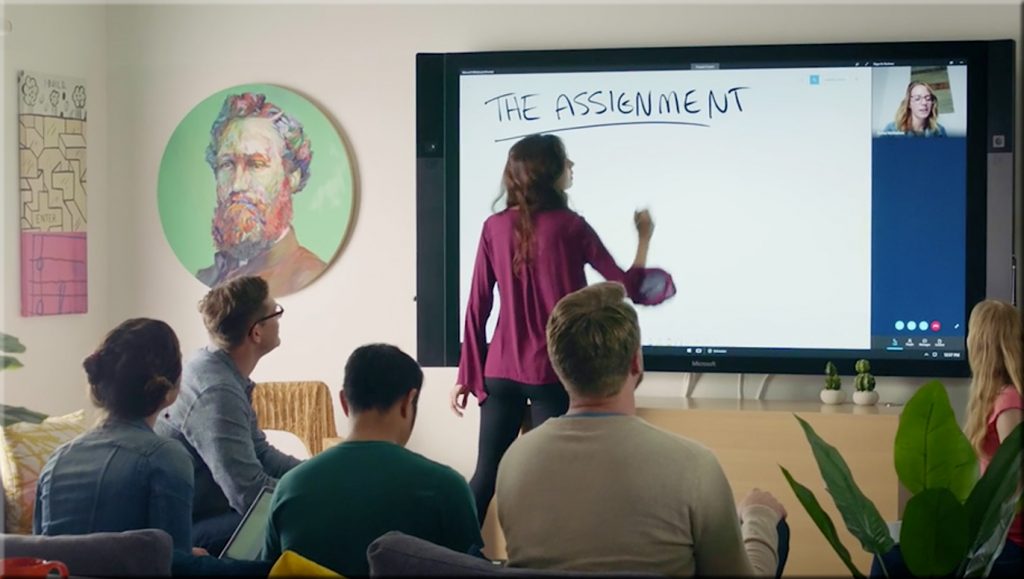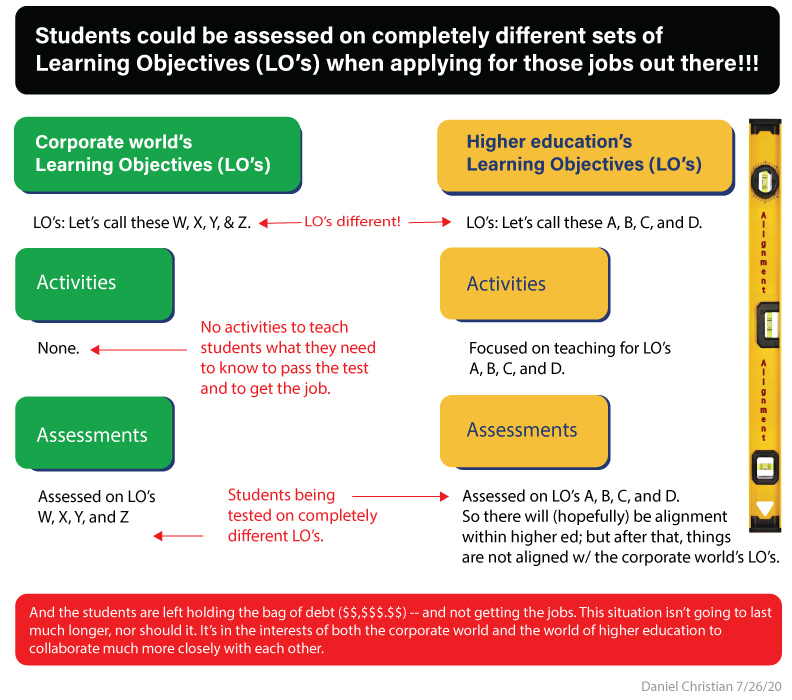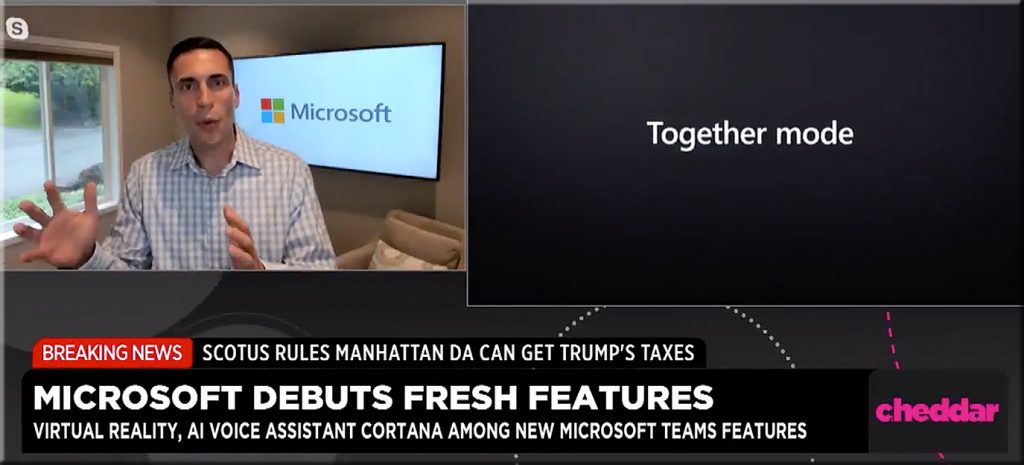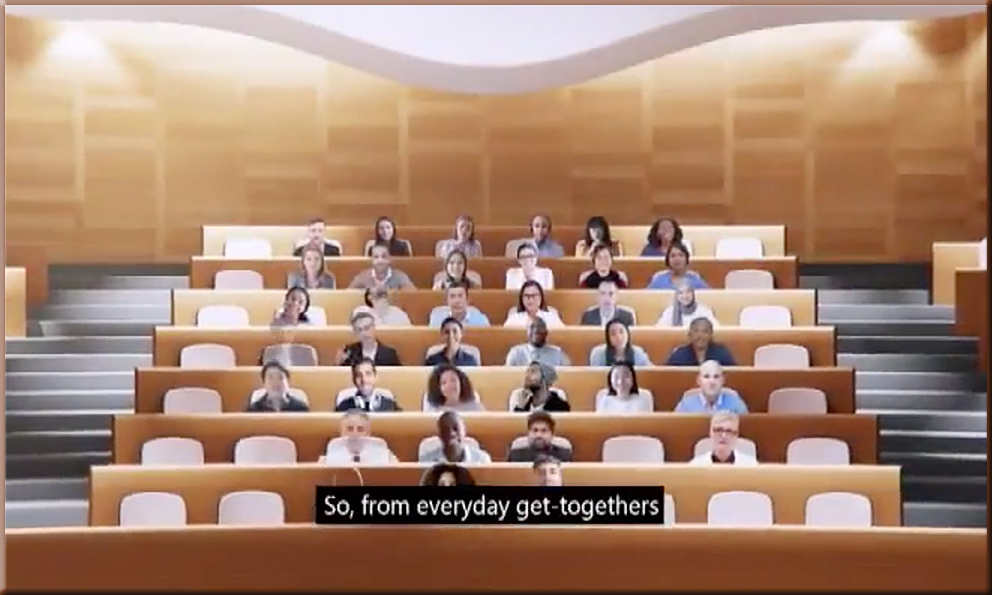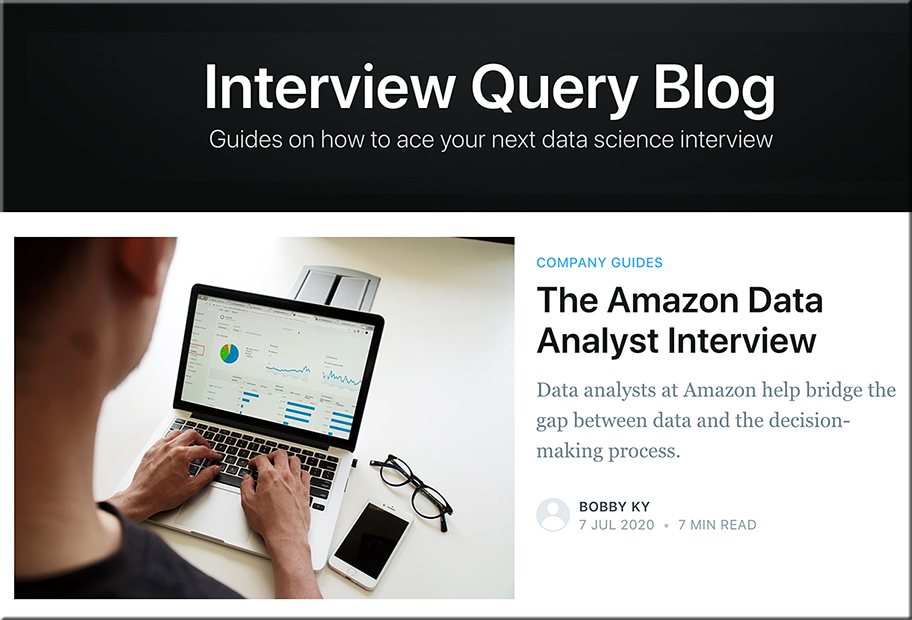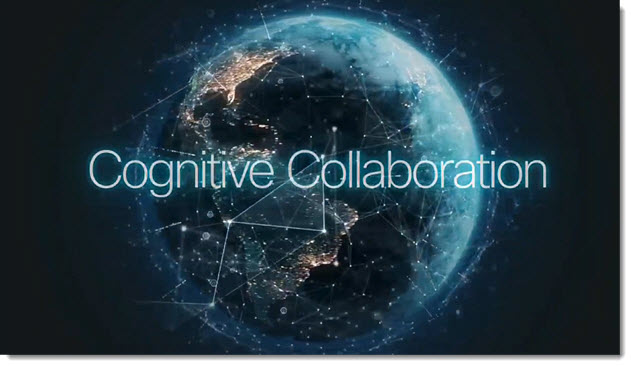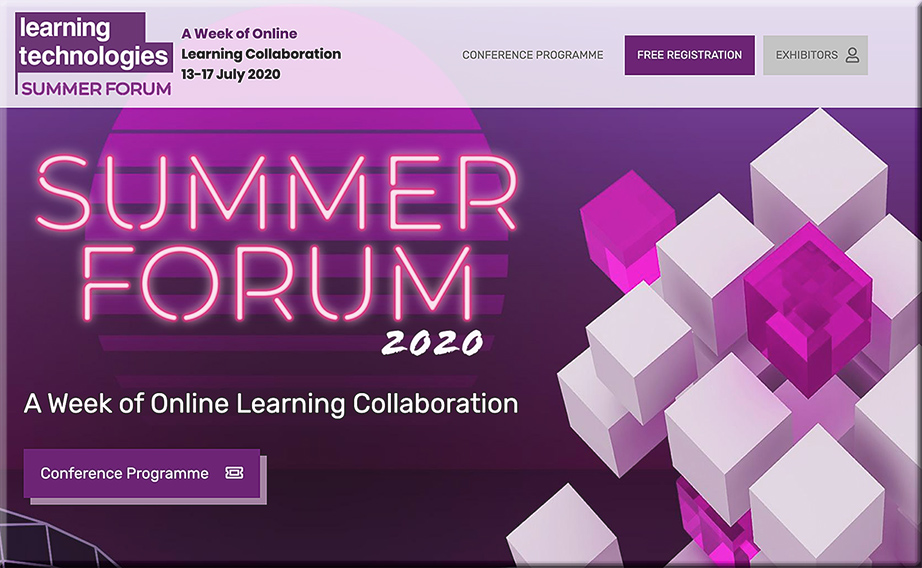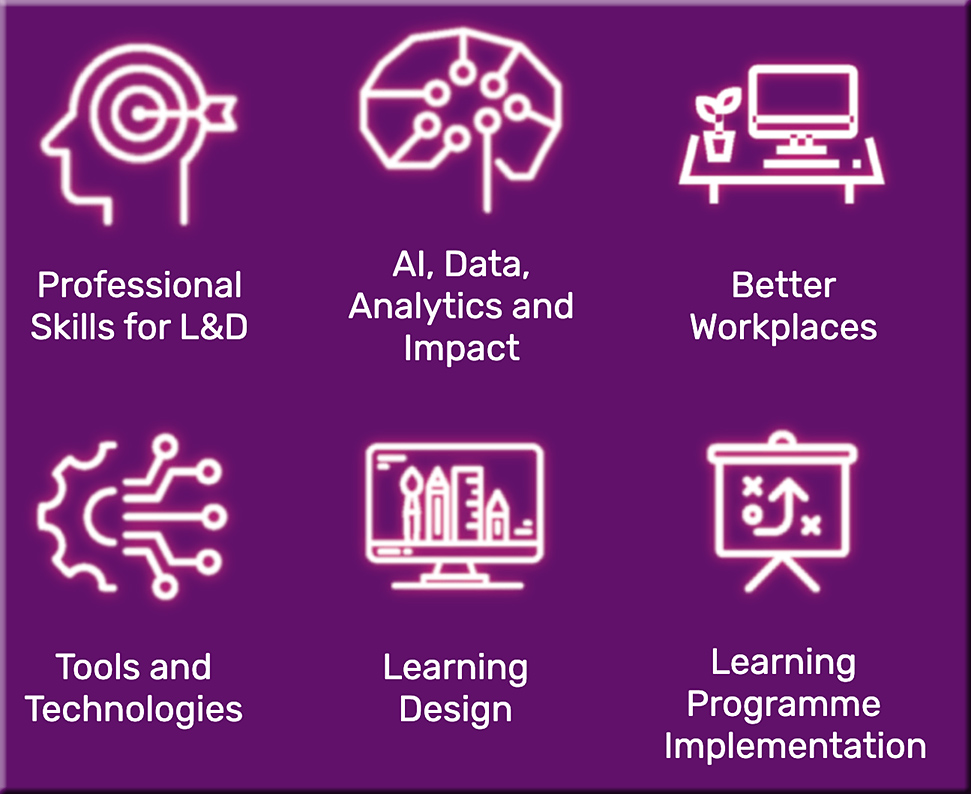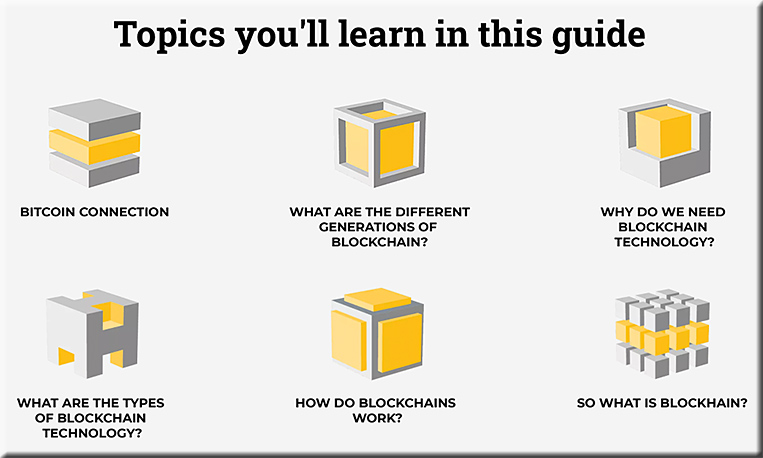Photos reveal Foster + Partners “floating” spherical Apple Marina Bay Sands store — from dezeen.com
The Fed’s Evolution Is Coming to a Computer Screen Near You — from nytimes.com by Jeanna Smialek
The 2020 version of the Federal Reserve’s loftiest annual meeting will be webcast this week, allowing the public to tune in for the first time. It could be the stage for an important policy shift.
Excerpt (emphasis DSC):
On Thursday, Chair Jerome H. Powell will have a chance to update America on the central bank’s soon-to-conclude framework review, in which it has revisited its policy tools for good and bad times, in a speech at the Kansas City Fed’s annual conference. The storied gathering of elite economists has been held behind closed doors in Jackson Hole, Wyo., since 1982. Because of the coronavirus pandemic, the event will be held remotely and streamed on the Kansas City Fed’s YouTube page this year, allowing the public to tune in for the first time ever.
From DSC:
May this be the start of something new!!! How cool/rewarding would it have been for our economics-related courses to be able to tap into this from a remote distance…then discuss (and track) things afterward!
Addendum:
- What is the Fed’s new policy framework, and why does it matter? — from reuters.com by Ann Saphir
Excerpt:
Here are five things to know about the Federal Reserve’s new strategy for achieving stable prices and maximum employment. The landmark policy shift was announced on Thursday.
1/2 “Some experts warn that training students or job seekers in skills that corporations say they want might not guarantee a job at the company, and might result in time wasted if the skill falls out of fashion within a few years.” https://t.co/aWZHMx7bsG
— Daniel Christian (@dchristian5) August 21, 2020
#lifelonglearning #stayingrelevant #reinvent #learning #surviving
Speaking of career-related items…also see the powerful commentary out at:
- Burnout Is Coming to Campus. Are College Leaders Ready? — from by Kevin R. McClure
From DSC:
That article reminded me that there are a variety of people working on the “front lines” of this pandemic.
Questions/reflections from DSC:
- How might this be used for online-based learning?
- For “learning pods” and homeschoolers out there?
- Will assistants such as the Webex Assistant for Meetings (WAM) be integrated into such tools (i.e., would such tools provide translation, transcripts, closed captioning, and more)?
- How might this type of tool be used in telehealth? Telelegal? In online-based courtrooms? In presentations?
#onlinelearning #collaboration #education #secondscreen #edtedh #presentations #AI #telehealth #telelegal #emergingtechnologies
[DC] Cisco Webex: Is this level of audio quality in your videoconferencing products? If not, please purchase/integrate this co's tech.
"Your answer to high-quality audio for remote learning.
High-Quality Audio for Multi-User/Multi-Location Conferencing"https://t.co/XreOLVTXMj pic.twitter.com/Akut67piRe— Daniel Christian (@dchristian5) July 28, 2020
From DSC: I’d like to thank Ryan Craig for mentioning several interesting articles and thoughts in a recent Gap Letter. At least 2-3 of the articles he mentioned got me to thinking…
With a degree no longer enough, job candidates are told to prove their skills in tests — from hechingerreport.org by Jon Marcus
Instead of relying on credentials, more employers want applicants to show their stuff
Excerpts (emphasis DSC):
Among the many frustrations ahead for millions of Americans thrown out of work by the pandemic is one that may surprise them: To get a new job, it’s increasingly likely they will have to take a test.
As the number of candidates balloons while health risks make it hard for hiring managers to meet with them in person, a trend toward “pre-hiring assessments” — already under way before Covid-19 — is getting a huge new push.
Skeptical that university degrees are the best measure of whether candidates have the skills they need, employers were already looking for ways that applicants could prove it — including in fields where that was not previously required.
“It’s like try before you buy,” said Price.
Also see:
- College Alumni See Room for Job-Skill Improvement — from news.gallup.com by John Clark
From DSC:
There is a huge misalignment between the Learning Objectives (LO’s) that the corporate world supports — and ultimately hires by — as compared to the LO’s that faculty, provosts, & presidents support.
This happened to me a while back when I was looking for a new job. I traveled to another city — upon the company’s request (though they never lifted a finger to help me with the travel-related expenses). Plus, I dedicated the time and got my hopes up, yet again, in getting the job. But the test they gave me (before I even saw a human being) blew me away! It was meant for PhD-level candidates in Computer Science, Programming, or Statistics. It was ridiculously hard.
The article above got me to thinking….
Higher education increasingly puts a guerrilla of debt on many students’ backs, which adds to the dispiriting struggle to overcome these kinds of tests. Also, the onslaught of the Applicant Tracking Systems that students have to conquer (in order to obtain that sought after interview) further adds to this dispiriting struggle.
How can we achieve better alignment here? Students are getting left holding the bag…a situation that will likely not last much longer. If higher ed doesn’t address this situation, we shouldn’t be surprised to see a mass exodus when effective alternatives pick up steam even further. Last call to address this now before the exodus occurs.
Along these lines see:
Better Connecting College and Career — from insidehighered.com by Steven Mintz
How to improve career readiness.
Excerpt:
How can colleges best prepare students for careers in a volatile, uncertain environment? This is the question recently asked by Marie Cini, the former provost at University of Maryland University College and former president of CAEL.
Career service offices, she observes, are first and foremost job search centers: reviewing résumés, publicizing job openings and arranging interviews. What they are not about, for the most part, is career preparation, a longer and more intense process involving self-analysis, skills building and genuine insights into the job market.
Zooming in on Gen Z — from trainingmag.com by Scott McKinney
How L&D can cater to this rising generation’s intuitive worldview and desires.
Excerpt:
As the 60-plus million members of Generation Z enter the workplace, adapting training programs to connect with them is mission-critical.
Gen Zers—born in the mid-1990s and raised in the 2000s—will account for more than 20 percent of working adults by the end of 2020, according to a report from software-based learning management system provider Docebo. Their preferences are more in line with Gen Xers than the Millennials, despite their technology fluency. They’re the first generation raised entirely in the Digital Age but—surprisingly—prefer face-to-face communication with their peers.
Here’s a look at how L&D departments can zoom in on this rising generation’s intuitive worldview and desires in a constantly changing and COVID-19-challenged world.
Other articles here >>>
Microsoft Teams Rolls Out Virtual Rooms to Fight ‘Meeting Fatigue’ — from cheddar.com by Taylor Craig
From DSC:
Again, the longer the Coronavirus hangs around and we are learning and meeting like this, the more innovations like these will occur.
Addendums on 7/14/20:
Microsoft’s Together mode can help address executives’ concerns over remote work productivity — from businessinsider.com by Hirsh Chitkara
Excerpt:
Together mode offers an alternative to “grid view,” in which video call participants are displayed on-screen — instead, through AI segmentation, participants are placed in a single virtual environment such as an auditorium or coffee bar, creating the illusion that they are in the same space.
The future of work—the good, the challenging & the unknown — from microsofot.com by Jared Spataro
Excerpt:
Together mode is a new option in the Teams meeting experience that uses AI segmentation technology to digitally place participants in a shared background. The view makes it feel like you’re sitting in the same room, which reduces background distractions, makes it easier to pick up on non-verbal cues, and makes back and forth conversation feel more natural.
From DSC:
For current and/or future data scientists out there.
Required Skills
The data analyst position at Amazon requires specialization in knowledge and experience. Therefore, Amazon only hires highly qualified candidates with at least 3 years of industry experience working with data analysis, data modelling, advanced business analytics, and other related fields.
Other basic qualifications include:
- Bachelor’s or Masters (PhD prefered) in Finance, Business, Economics, Engineering, math, statistics, computer science, Operation Research, or related fields.
- Experience with scripting, querying, and data warehouse tools, such as Linux, R, SAS, and/or SQL
- Extensive experience in programming languages like Python, R, or Java.
- Experience with querying relational databases (SQL) and hands-on experience with processing, optimization, and analysis of large data set.
- Proficiency with Microsoft Excel, Macros and Access.
- Experience in identifying metrics and KPIs, gathering data, experimentation, and presenting decks, dashboards, and scorecards.
- Experience with business intelligence and automated self-service reporting tools such as Tableau, Quicksight, Microsoft Power BI, or Cognos.
- Experience with AWS services such as RDS, SQS, or Lambda.
From DSC:
The article below got me to thinking about designing learning experiences and what our learning experiences might be like in the future — especially after we start pouring much more of our innovative thinking, creativity, funding, entrepreneurship, and new R&D into technology-supported/enabled learning experiences.
LMS vs. LXP: How and why they are different — from blog.commlabindia.com by Payal Dixit
LXPs are a rising trend in the L&D market. But will they replace LMSs soon? What do they offer more than an LMS? Learn more about LMS vs. LXP in this blog.
Excerpt (emphasis DSC):
Building on the foundation of the LMS, the LXP curates and aggregates content, creates learning paths, and provides personalized learning resources.
Here are some of the key capabilities of LXPs. They:
- Offer content in a Netflix-like interface, with suggestions and AI recommendations
- Can host any form of content – blogs, videos, eLearning courses, and audio podcasts to name a few
- Offer automated learning paths that lead to logical outcomes
- Support true uncensored social learning opportunities
So, this is about the LXP and what it offers; let’s now delve into the characteristics that differentiate it from the good old LMS.
From DSC:
Entities throughout the learning spectrum are going through many changes right now (i.e., people and organizations throughout K-12, higher education, vocational schools, and corporate training/L&D). If the first round of the Coronavirus continues to impact us, and then a second round comes later this year/early next year, I can easily see massive investments and interest in learning-related innovations. It will be in too many peoples’ and organizations’ interests not to.
I highlighted the bulleted points above because they are some of the components/features of the Learning from the Living [Class] Room vision that I’ve been working on.
Below are some technologies, visuals, and ideas to supplement my reflections. They might stir the imagination of someone out there who, like me, desires to make a contribution — and who wants to make learning more accessible, personalized, fun, and engaging. Hopefully, future generations will be able to have more choice, more control over their learning — throughout their lifetimes — as they pursue their passions.
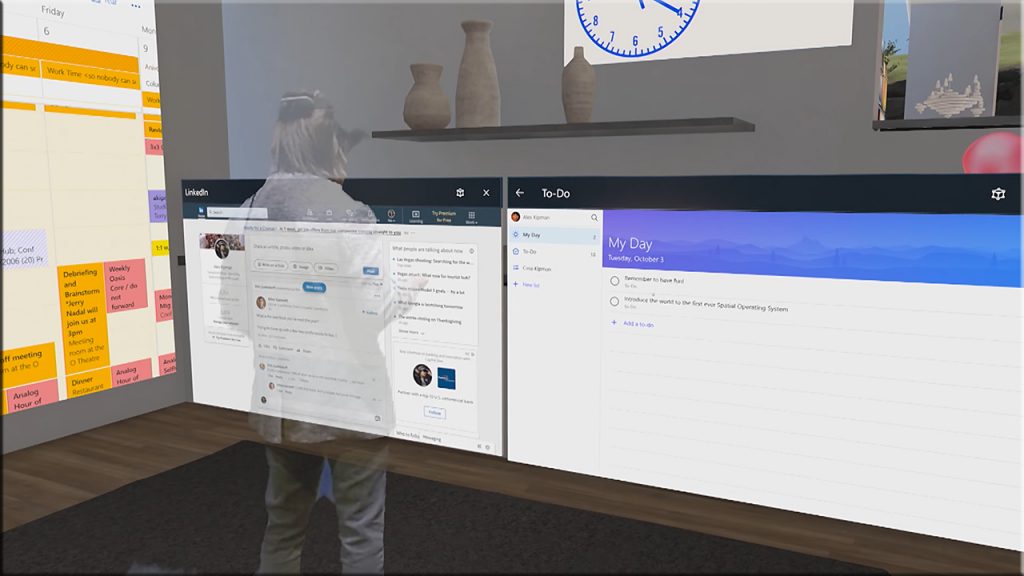
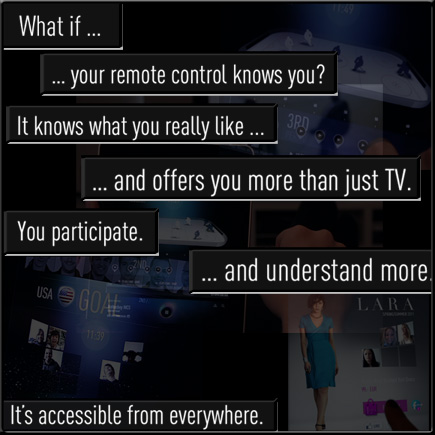
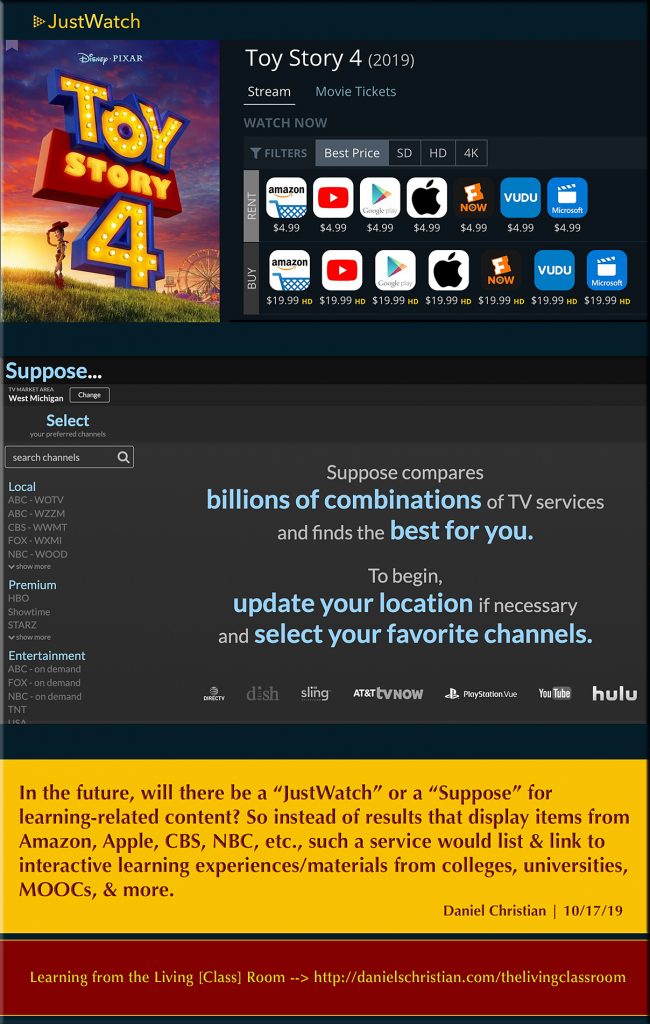
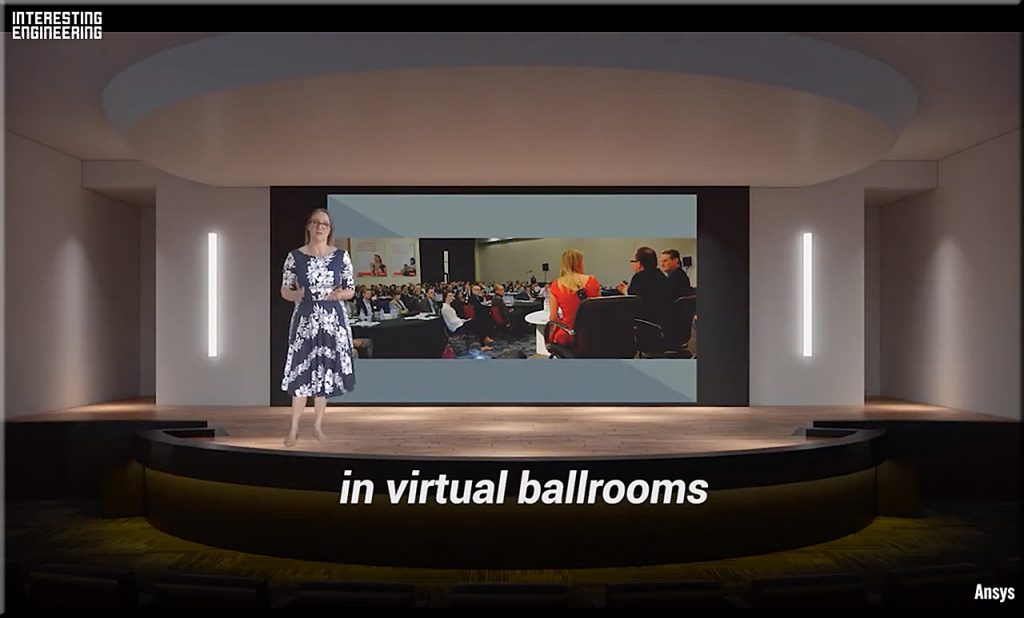



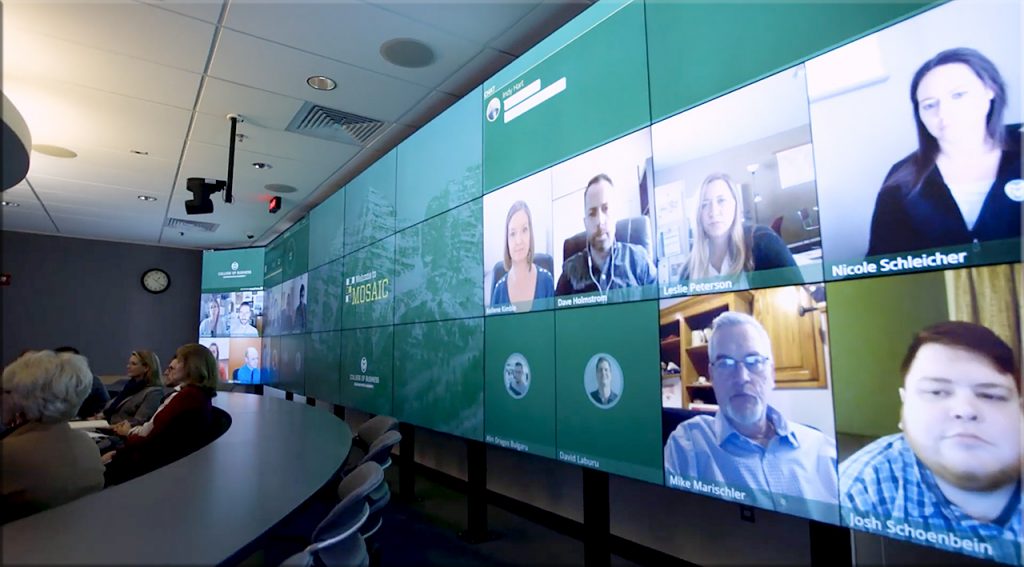
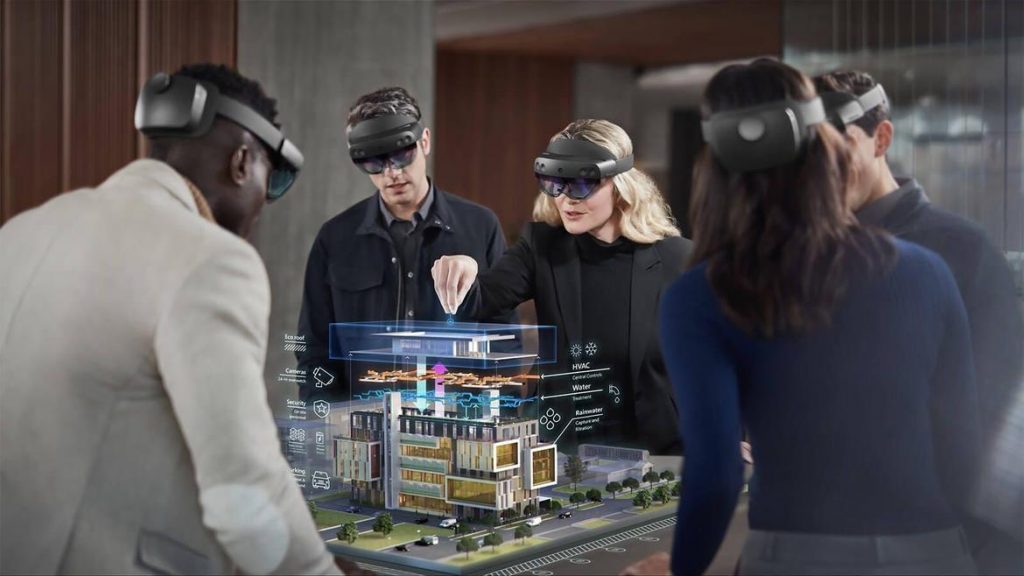


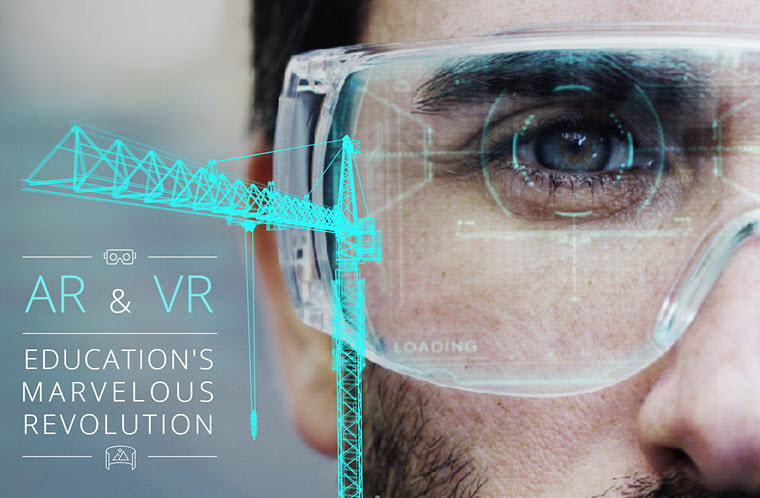
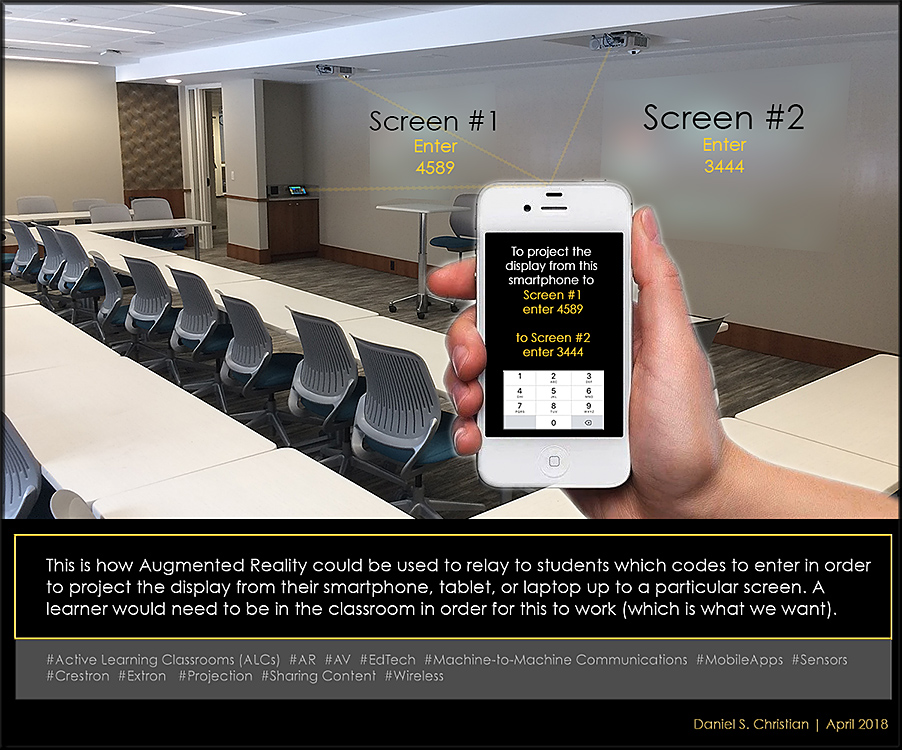
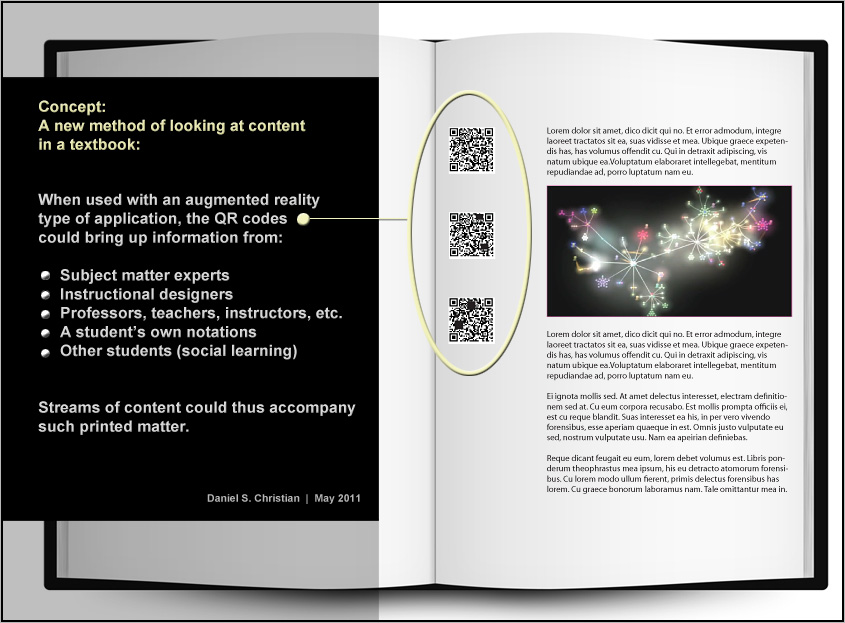



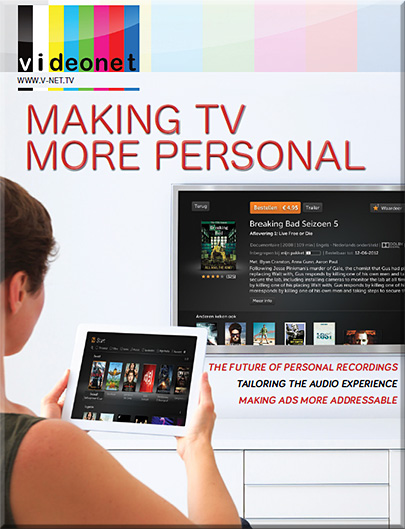


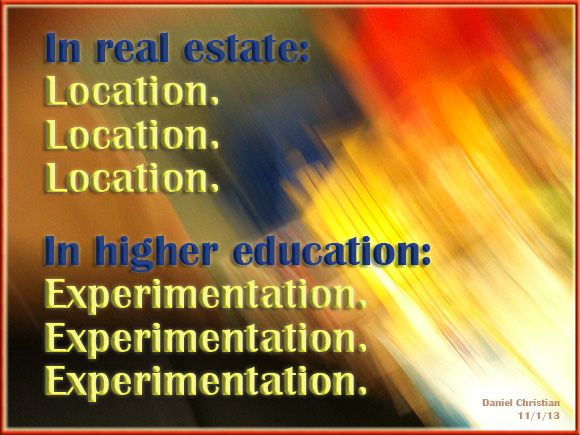
Little “e” education: Think small to meet today’s enormous challenges — from chieflearningofficer.com by Becky Takeda-Tinker
With unemployment soaring, many people will need to completely retool or earn new credentials to regain employment — and very short-term training has the ability to equip them with the skills, behaviors and knowledge needed. Postsecondary education has the know-how to step up to meet this immediate need and to help individuals understand how to translate new skills into longer-term prosperity.
Excerpt:
More than 40 million Americans have filed for unemployment during the COVID-19 crisis, while thousands of U.S. companies are still without the workers they need. Many unemployed Americans will need to completely retool or earn new credentials to regain employment — and very short-term training has the ability to equip them with the skills, behaviors and knowledge needed. Americans recognize this, with 59 percent of adults saying that if they were to pursue education in the next six months, they would focus on nondegree programs, including certificates, certifications or single courses to upskill or reskill.
This is what we mean by little “e” education.
Think quick: Short programs, single courses and interactive tools are key to creating solutions for our workforce needs. Education needs to be able to create with the speed of business — and to help both workers returning to education and new learners quickly increase their skills.
…
To help both individuals and companies navigate this critical juncture, institutions must be as nimble as industry is.
This unique free event is designed to give our learning community a chance to explore the most popular topics discussed at Learning Technologies.
The 2020 Learning Technologies Summer Forum (#LTSF20) takes place online, looking at some of the key topics we examined at February’s conference. Once again, the Summer event is an opportunity to interact, experiment and try some new things together.
4 in 10 U.S. teens say they haven’t done online learning since schools closed — from kqed.org by Anya Kamenetz
Excerpt:
With most schools closed nationwide because of the coronavirus pandemic, a national poll of young people ages 13 to 17 suggests distance learning has been far from a universal substitute.
From DSC:
If you are able to — whether as a business or as an individual — please consider finding ways to help level the playing field in our nation by providing computers and broadband connectivity. Our society doesn’t need yet another gap, especially when you have this type of thing going on.
Online-based learning — along with blended learning — is likely a solid component of our learning ecosystems from here on out — but it’s not a level playing field out there right now.
What is blockchain technology? The ultimate guide for beginners. — from cryptocoinsociety.com by Jesús Cedeño
Excerpt:
The purpose of this article is to address three central questions that should be discussed to fully understand and appreciate this revolutionary and disruptive technology called blockchain. This will include historical details about nascent technology and its evolutionary progress through the first decade of existence. We will also explore the different types of this technology and explain why the blockchain name is a misnomer and introduce a more proper name for the technology.
Why do we Need Blockchain Technology?
To answer this question we need to state what is the value proposition of Blockchain Technology. Blockchain’s value hinges on decentralization. Without decentralization blockchain technology is no different from regular databases. Decentralization removes the need to have an intermediary or a single authority that acts as gatekeepers of truth or having to trust an entity to ensure the trustworthiness of any transaction. Through blockchain, people will be able to transact with each other directly without having to worry that transactions will push through and will not be reversible.
Are you ready? Self-directed learning is the next wave for L&D — from learningsolutionsmag.com by Bill Brandon
Excerpt:
This article begins an exploration of the other major shift that is already in play and that will continue to affect our work: the phenomenon of self-directed learning. This is a trend that (like distance learning) was already underway before the pandemic, driven by a desire to reduce or eliminate the cost of formal instruction and to keep up with the speed of change itself.
…
What is self-directed learning?
Let’s use the classic definition from Malcolm Knowles. Self-directed learning is a process “in which individuals take the initiative, with or without the help of others, in diagnosing their learning needs, formulating learning goals, identifying human and material resources for learning, choosing and implementing appropriate learning strategies, and evaluating those learning outcomes.” (See reference at the end of this article.)












